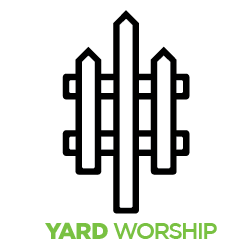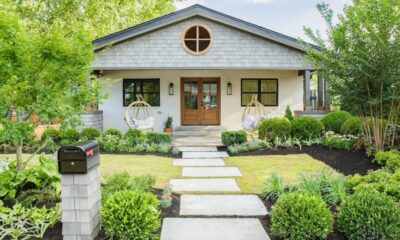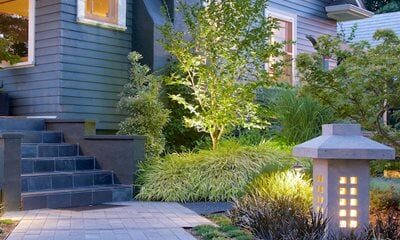Front Yard Curb Appeal
Tips For Landscaping Homes

There are several factors to consider when landscaping a home. Among them is the layout of the front yard, which should be a central focus of the design. It should be clean and uncluttered to allow for easy access and parking. If the lot is small, a circular or double driveway may be a good option. Decorative plantings are also an excellent way to direct guests to the public area of the home. Bright flowers also help focus the attention on the front door.
Basic principles of landscape design
There are basic principles that guide landscape design for homes. Using these principles can create a more cohesive outdoor space. For example, you can link outdoor spaces together with pathways and emphasis on the same or similar objects. In addition, you can draw the viewer’s eye with color, line, and massed flowers.
One of the most important elements of any landscape design is the use of color. Choosing the right colors for your landscape will make it look more dynamic and attractive. Consider the four seasons when choosing color. For example, you can include bright colors in summer and pastel colors in winter. You can also consider the color of the hardscape.
Lines can create a calming effect by creating rhythm. This principle can be applied to many elements in a landscape design. It is important to use a variety of different elements, since too much of one element can make the space look cluttered.
Common landscaping themes
One of the most common landscaping themes for homes is a circular shape. This shape introduces movement and softens the edge of a rectangular plot. Many leading designers favor this look. Circular planting and paving create a stunning and elegant project. A circular front garden may be secluded, with large paving stones and a low clipped hedge. It may feature a central parasol-shaped tree such as a Cornus controversa ‘Variegata’.
Plants to use
There are many plants to use for landscaping homes, from trees to shrubs. They can be used to add texture and color to a home. Many flowering plants also provide cut flowers for interior decoration and attract pollinators. You can also choose from annuals and perennials, which are different from each other in their growth cycle and care requirements. Perennials include trees, ground covers, and shrubs, while annuals include flowers and grasses.
When choosing the right plants for landscaping a home, you need to consider the climate and how much time you’re willing to invest in caring for them. You can also consider the exposure that each plant will receive from the sun and other elements. Once you have chosen the right plants for your home, you’ll have an easier time designing the landscape.
Cost of landscaping
There are many factors that go into the cost of landscaping a home. The materials used can significantly raise or lower the overall cost of the project. For example, it is better to use larger plants, which will anchor the landscape scheme. This may seem like a cheaper option at first, but in the long run, larger plants will require more maintenance and upkeep than smaller plants. There are also design, labor, and furniture costs that can add up quickly.
The cost of landscaping a home can range from hundreds to thousands of dollars. The cheapest services can cost as little as $300, while more complicated designs can cost upwards of $16,300. It is also important to consider cost-control methods, such as locating a community program that offers discounted materials. In addition, homeowners can save money by buying materials in bulk and looking for the best price.
Planning the project
Before you begin your landscaping project, you should determine the scope of the project. The size and scope of the project will dictate what kind of landscape plan is needed. Some homeowners associations and municipalities require a landscape plan as part of the approval process. A landscape plan can include existing structures and underground utilities, specific areas for specific purposes, and details about sunlight and shade. In addition, a plan may show utility lines and slopes.
When planning a landscaping project, consider the budget and scope of the project. Your budget will determine which materials you can purchase. It can also limit the scope of the project. For example, you may not be able to add an outdoor kitchen if your budget does not allow for that. Also, consider your goals and objectives for the project. Is it to solve a problem, increase your property’s value, increase functionality, or make your yard more eco-friendly?
Auto Amazon Links: Could not resolve the given unit type, . Please be sure to update the auto-insert definition if you have deleted the unit.
Did you miss our previous article…
https://yardworship.com/desert-front-yard-landscape-ideas/









